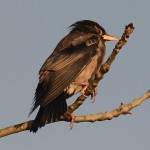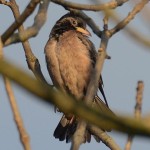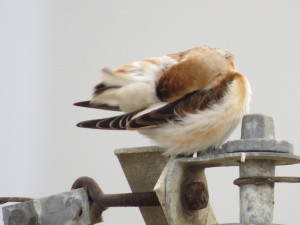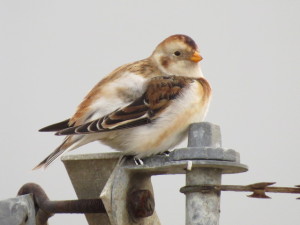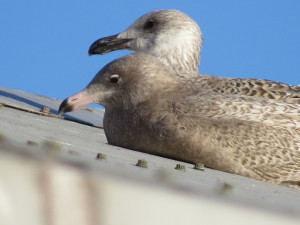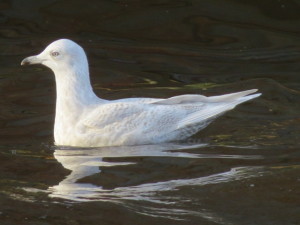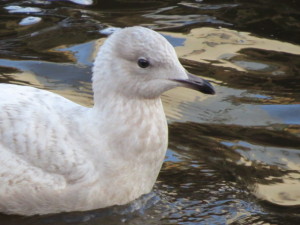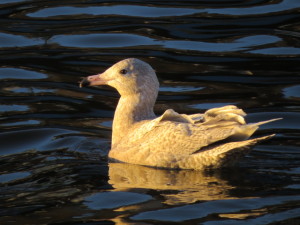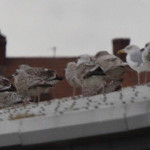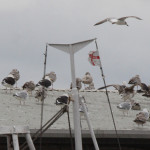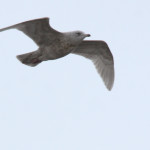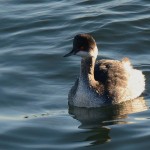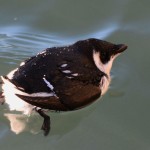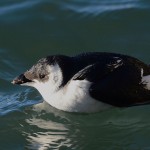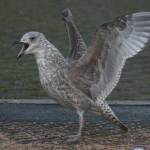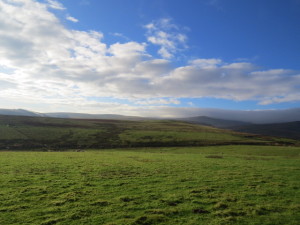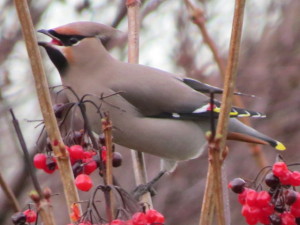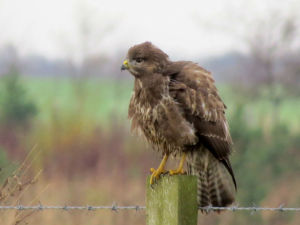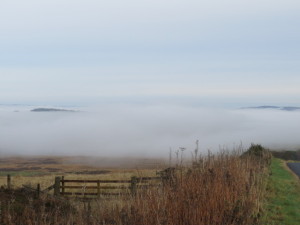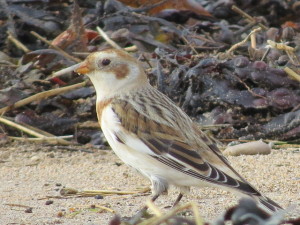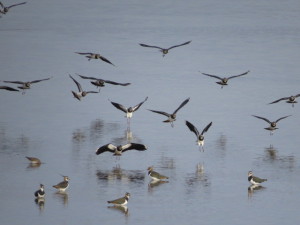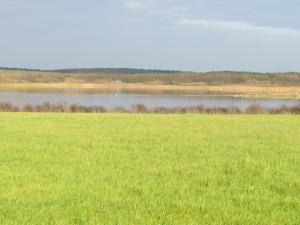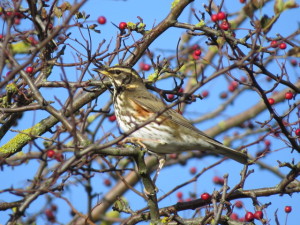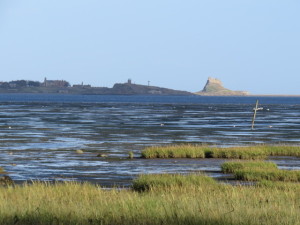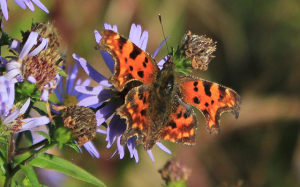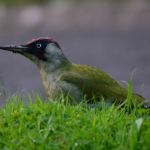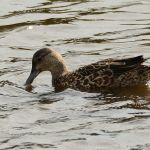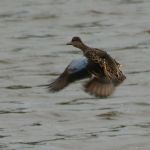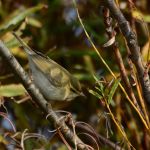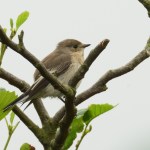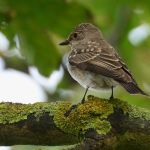Short shift at work today ‘6am – 9am’ so after a quick bite to eat I made my escape to get in a few hours’ birding just in case the weathermen DID get it right and heavy snow arrived on Wednesday! My original idea was to pop along to Craster and do the Arnold Memorial Reserve and look for a few Bullfinch and then have a walk up to Dunstanburgh Castle….but I changed my mind as it was such a nice day and decided to head up to Stag Rocks instead! Wonderfully organised person that I am however…I headed to Budle Bay first. Tide was well out and the bay was a sea of mud….and heaving with birds too! Knot and Bar-tailed Godwit were feeding right in front of the layby area.
Further scans produced a few Grey Plover, 30+, and then a small group of Brent Geese flew by. This was followed minutes later by a HUGE amount of Barnacle Geese which constantly landed in fields to the north of the bay and then took to the air again. It was hard to get an accurate figure but estimating on groups of 10 and then 100 I guess it would have been around the 800+ mark!
Never having yet made the trip to Caerlaverock the most I’d ever seen previously would be either singles, doubles and certainly never more than six! So to see and hear the wild cacophony from this immense number was just magical! Stag Rocks, just as on New Years Day, was quiet and, apart from Oystercatchers and Eiders, annoyingly bird-free! Even the regular scoter flock was so far out to sea that I had to shelter in front of the lighthouse to scan the sea through my scope to eventually find the birds! I certainly had to work hard for my birds at this site and in two hours managed to see, apart from the ubiquitous Eider, Oystercatcher, Black-headed, Common and Great Black-backed Gulls a meagre four species to add to the Year List.
Notable though was the female Long-tailed Duck being pursued noisily by three stunning males. Seen originally far out and only visible through the scope, she and her suitors came much closer to the shore and were soon right in front of where I stood and I was able to enjoy the spectacle with my bare eyes, never mind bins or scope! Heading back in the direction of home I stopped off at Monk’s House Pool and then took a detour through Beadnell to spend some time looking out to sea before reaching Low Newton at sunset in the hope of seeing the reported Bewick’s Swan and Bean Goose – no joy with either but the colour in the sky over Stringer’s Scrapes was gorgeous!
Gill Osborne

